First Annual Maryland Sustainable Growth Forum & Awards Ceremony
 February 5, 2013
February 5, 2013
Governor Calvert House, 58 State Circle, Annapolis, MD 21401
The Maryland Sustainable Growth Commission held the first annual Sustainable Growth Forum on February 5, 2013 in Annapolis, MD. The focus of this first forum was economic opportunities created by smart growth. The commission recognized the individuals, organizations and projects that have contributed significantly to sustainability and smart growth in Maryland presenting seven Sustainable Growth Awards at the forum.
Christopher B. Leinberger, noted speaker and author on sustainable growth and "walkable urban places" delivered the keynote address. He is a Nonresident Senior Fellow at the Brookings Institution. The theme of Mr. Leinberger's address was "Economic Growth through Smart Growth: How Smart Growth Makes Economic Sense for Maryland."
Leadership and Service
Awards in this category are for activities or accomplishments that advance public appreciation, understanding and/or involvement in promoting smart growth and sustainable communities at the local, regional or state level.
Karen Lewand, Honorary AIA
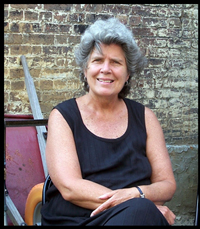
Karen Lewand has worked tirelessly for smart growth in Baltimore City and beyond for over three decades beginning long before it was known as smart growth. Through her career she has pursued the dual goals of providing resources to Baltimore City's architects to help them better their practices through knowledge and fellowship, and educating Baltimore's public about the significance of the built environment in their lives.
Since 1992, Karen has served as the executive director of the Baltimore Chapter of the American Institute of Architects, which under her leadership has been ever more committed to preservation and smart growth. She launched the annual Architecture Week in October, which has featured lectures by a number of prominent preservation advocates.
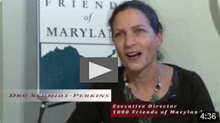
Click here to watch the interview video.
Back to Top
Eastern Shore Land Conservancy: Center for Strong Towns
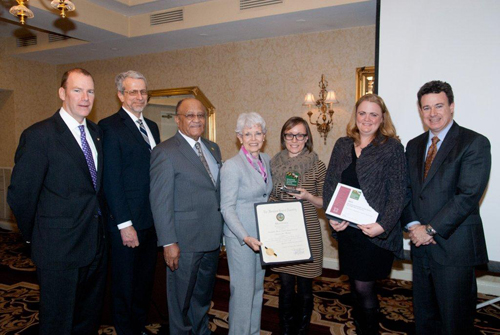
When ESLC launched the Center for Towns in 2011, it was their hope that the Center will give citizens the support they need to develop and implement visions for transforming their communities into vibrant, sustainable and well-defined places.
ESLC’s Center for Towns is focused on ensuring that communities have the tools and assistance they need to realize their visions and helping communities implement those visions. The Center weaves together ESLC’s planning and conservation expertise to serve more deeply a broader spectrum of the needs of Eastern Shore communities. It is based on fostering empowerment and engagement, following the philosophy that the best future plans come from the whole and from within the community. The Center ultimately seeks to promote ecologically sustainable policies and practices on the Eastern Shore in service to the landscape.
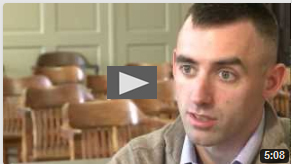 Click here to watch the interview video.
Click here to watch the interview video.
Back to Top
Tom Liebel, FAIA, LEED Fellow
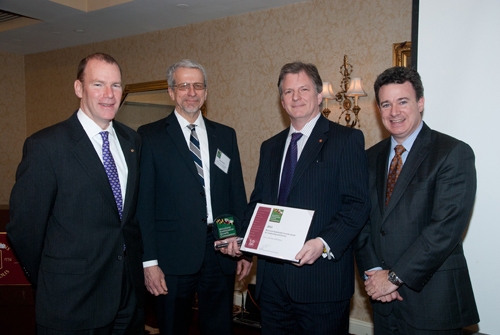
Tom Liebel, FAIA, LEED Fellow has been at the forefront of advocacy and education for smart growth, preservation and sustainable communities for over a decade. An early proponent of the intrinsic link between Historic Preservation and Sustainable Design, Mr. Liebel has become a national leader in integrating sustainable design into the adaptive use of historic structures, focusing not only on environmental and economic sustainability but also on the often overlooked aspect of social sustainability and the creation of vibrant, civically engaged communities.
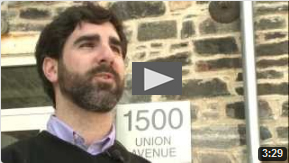 Click here to watch the interview video.
Click here to watch the interview video.
Back to Top
Smart Growth Communities
Awards in this category are for projects that facilitate or create development that addresses one or more of Maryland’s 12 Planning Visions. There are two groups considered in this category: public projects and private developments.
Public Projects
The White Flint Sector Plan Implementation.
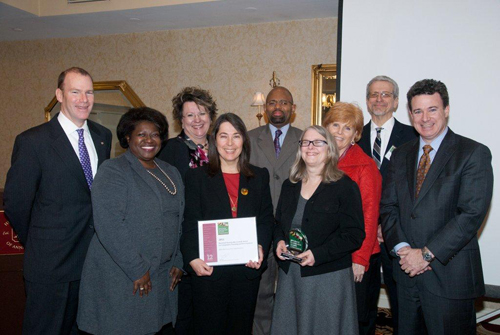
The White Flint Sector Plan set the stage for transforming a car-centric suburban shopping district known for its sea of parking lots and choking traffic into a dynamic mixed-use center featuring housing, shopping, public use space, and a favorable environment for walking and cycling.
The White Flint Sector Plan area consists of 430 acres with approximately 160 acres as surface parking. Low-scale commercial development is the dominant use in the plan area. For example, Mid-Pike Plaza, a 300,000 square foot traditional one-level shopping center on 24 acres, has more than 19 acres as surface parking.
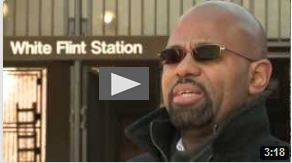 Click here to watch the interview video.
Click here to watch the interview video.
Back to Top
Downtown Columbia Plan
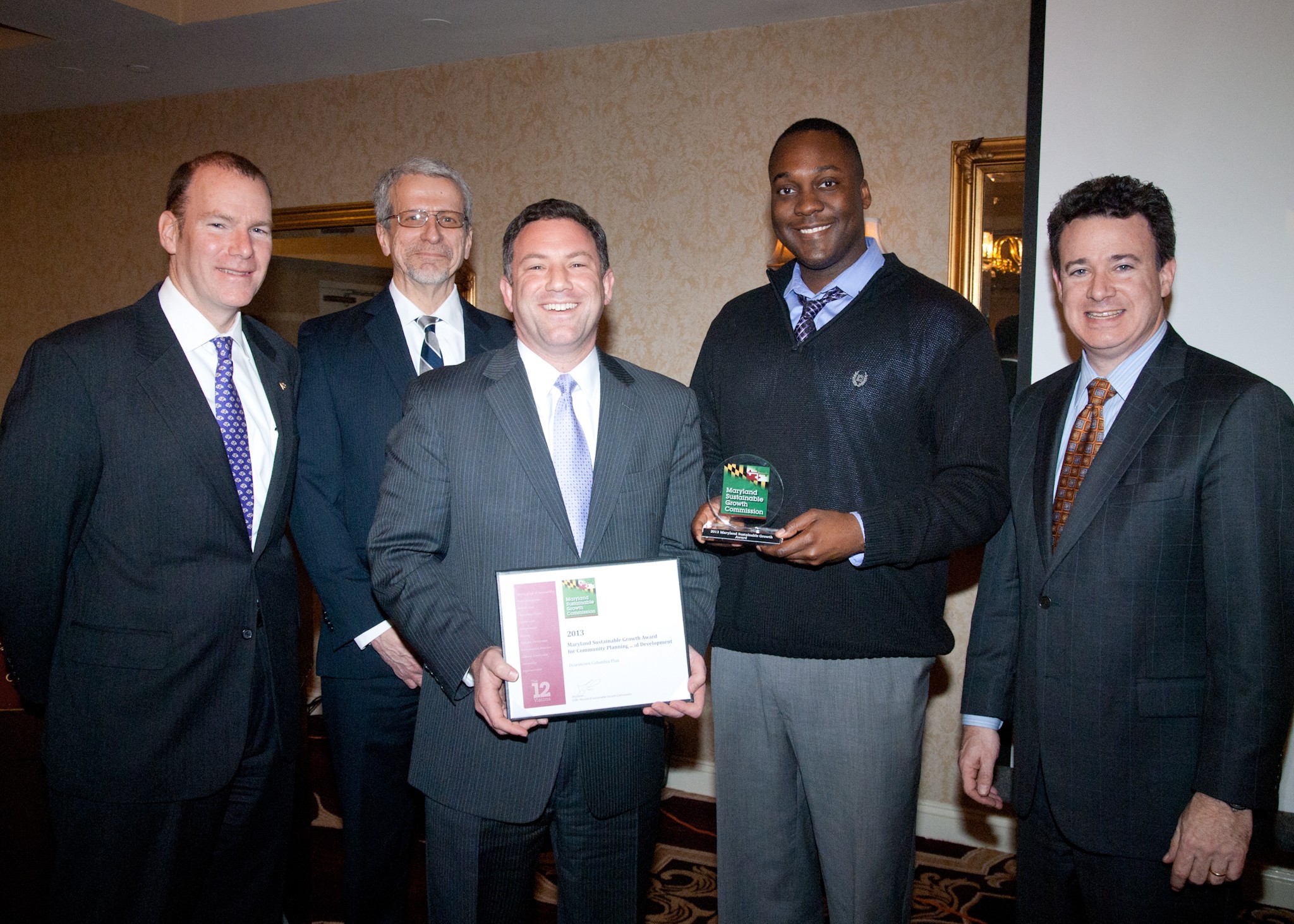
The Downtown Columbia Plan is a 30-year master plan for evolving Columbia's suburban oriented Town Center into a socially, economically and environmentally sustainable urban community. Following an extensive planning and community engagement process, the Howard County Council approved the Downtown Columbia Plan on February 1, 2010. The Downtown Columbia Plan will guide the mixed-use development of 5,500 residential units, 1.25 million square feet of retail uses and 4.3 million square feet of commercial development, including 600 hotel rooms. Maryland's Twelve Visions are reflected not only in the land use and development standards of the plan, but also in the holistic approach to environmental sustainability programs, transit and transportation infrastructure, urban design, arts and cultural activities and organizational development to facilitate the implementation of a variety of programs. The result will be a vibrant city center where people live, work, shop and play all within an enriched natural setting that is connected and pedestrian friendly.
 Click here to watch the interview video.
Click here to watch the interview video.
Back to Top
Private Developments
Preston Place
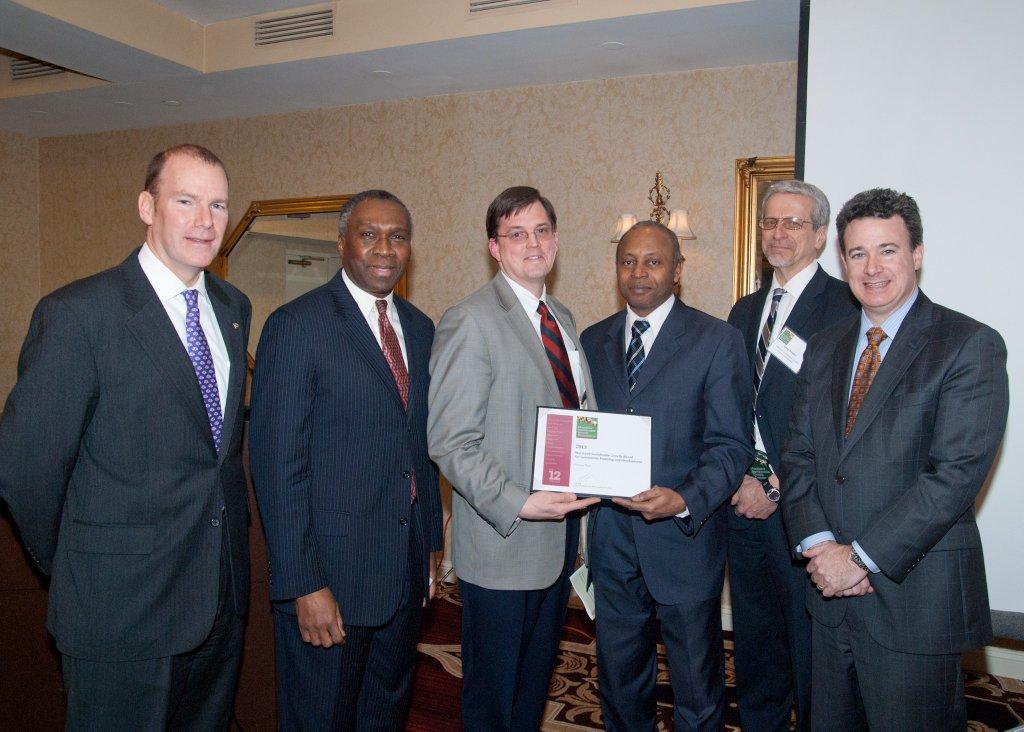
The Preston Place project is the result of an extensive community organizing and planning process. In 2003, Baltimoreans United in Leadership Development (BUILD) congregation members invited The Reinvestment Fund (TRF), a leading innovator in the financing of neighborhood and economic revitalization, to East Baltimore to help local residents reimage their community and plan for a better future. As part of this work, BUILD community residents completed a neighborhood survey of all neighborhood parcels.
The implementation of the Preston Place redevelopment began in 2006. The redevelopment is designed to: 1) ensure that low- and moderateincome families are advantaged by comprehensive market building approaches to ensure that their housing values improve (or in a falling market hold their relative value); 2) provide families with access to mixed-income developments in growth areas and in areas where long-term reclamation efforts are underway; and 3) leverage wealth building assets housing mobility, and dynamic filtering systems to allow families to move up to stronger markets.
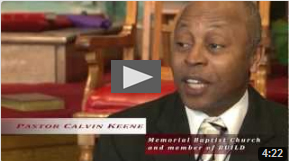 Click here to watch the interview video.
Click here to watch the interview video.
Back to Top
Union Mill
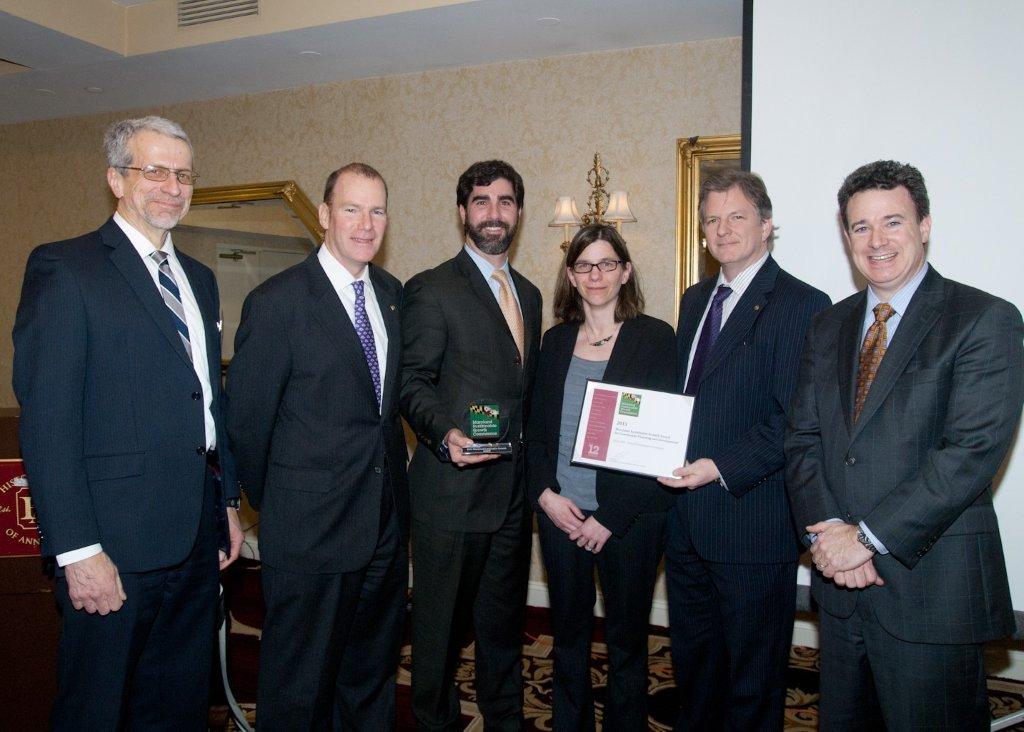
Union Mill, located in the Hampden Historic District, is listed on the National Register of Historic Places for its association with the industrial history of the Jones Falls. The 86,000 SF mixed-use redevelopment includes 54 residential units targeted to teachers who are new to Baltimore, including Teach for America participants; 25,000 SF of office space designed for non-profit organizations and exceptional amenities including a lush half-acre central courtyard. The project has received state and federal historic preservation tax credits and is designed to Baltimore City Green Standards (two stars) the equivalent of LEED-NC Silver Certification.
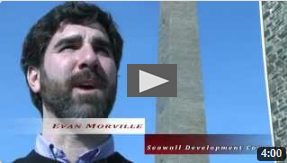 Click here to watch the interview video.
Click here to watch the interview video.
Back to Top
Pictures at the Forum and Awards Ceremony
Photo album of the first annual Sustainable Growth Forum, February 5, 2013